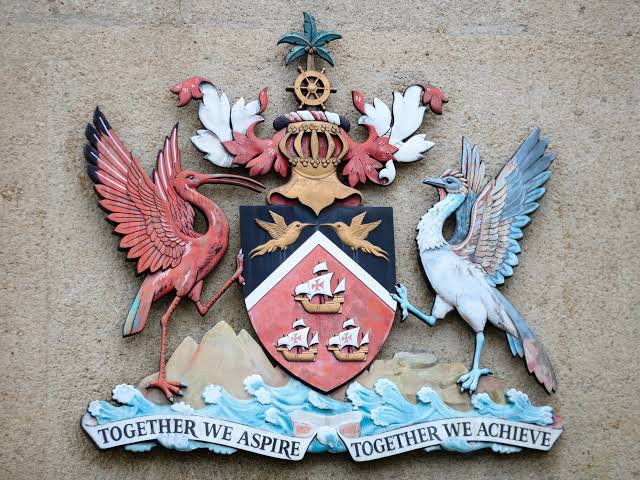As Trinidad and Tobago updates its coat of arms to get rid of the three ships that Christopher Columbus sailed, it is making big changes to its national symbols. This choice is a big change in how the country thinks about its colonial past. It’s also part of a larger movement to fix wrongs done in the past. Changing the coat of arms is part of a bigger plan to look at and maybe get rid of other symbols from the colonial era that are in public places.
Three ships, which stand for Columbus’s journeys to the Caribbean and the start of European colonisation in the area, have been on the coat of arms of Trinidad and Tobago for a long time. By getting rid of these ships, the island nation wants to distance itself from symbols of colonial oppression and build a national identity that better represents the values and past of its many different people.

Trinidad and Tobago revamps its coat of arms, removing Columbus’s ships in a move to address colonial symbols.
The choice to update the coat of arms came about because of ongoing conversations about colonialism’s effects on modern societies. In the past few years, there has been a growing movement around the world to rethink and often take down markers that honour colonial people or events. This trend has spread to Trinidad and Tobago, where people are becoming more aware of and sensitive to how these symbols relate to the past.
Trinidad and Tobago is planning a public meeting to talk about the future of statues, signs, and monuments that have colonial roots, as well as the redesign of their coat of arms. People will be able to say what they think about whether these historical artefacts should be taken down or put in a new context at this meeting. The discussion should cover a lot of ground, looking at things from different points of view and trying to come to an agreement on how to handle these symbols in a way that respects the diversity of our country’s history.

Historic change: Trinidad and Tobago’s coat of arms now reflects a new stance on colonial history.
The public meeting is an important part of the national conversation about who we are as a country and our history. The event gives people a chance to be a part of the decolonisation process and help create a national story that includes everyone and reflects Trinidad and Tobago’s current values. How other countries that were colonised in the past handle similar problems could be influenced by how the meeting turned out.
The decision to take Columbus’s ships off the coat of arms and the possible re-evaluation of other colonial symbols is part of a larger trend in many countries that are trying to deal with their colonial pasts. By doing these things, Trinidad and Tobago is part of a global conversation about looking at past symbols again and how they affect people today. The changes show that people are ready to admit wrongs done in the past and work for more fair representation in national icons.

A fresh start: Trinidad and Tobago removes Columbus’s ships from its coat of arms as part of a broader review of colonial monuments.
As Trinidad and Tobago makes these changes, it will be important to find a balance between having respect for history and having to deal with the effects of colonialism. The choices made at the public hearing and the redesign of the coat of arms are likely to change how people in the country think about their past and who they are in the years to come. This process of re-evaluation and change is a big step forward for Trinidad and Tobago’s ongoing work to heal past wounds and bring the country together.